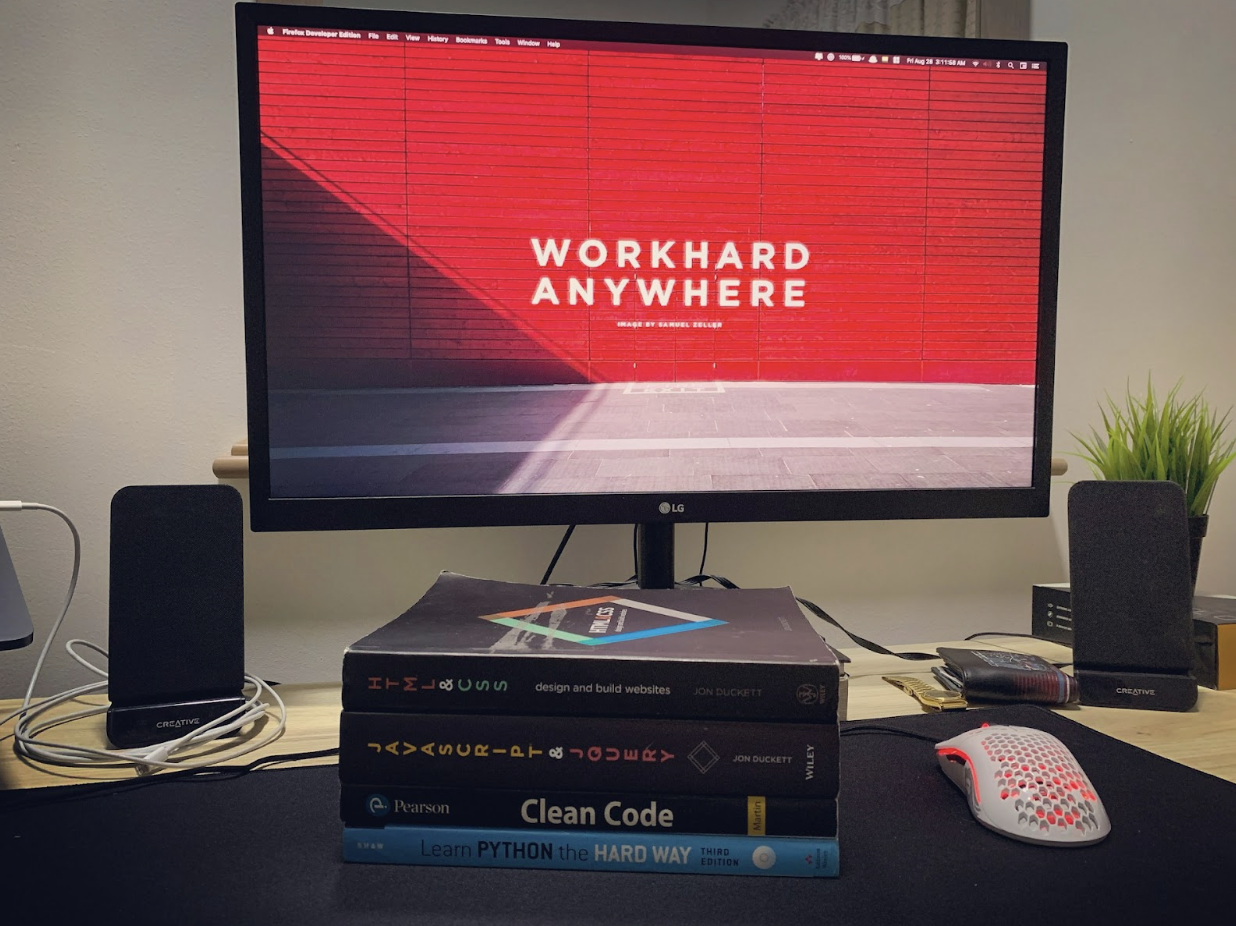 News
News
We’re nearing the end of 2022 and there’s no denying the importance of remote work and the value that comes with hiring remote developers. In fact, the most recent statics show that 42% of those within the IT industry expected to work in a hybrid model more permanently. With remote work long becoming the new normal for software developers, all companies looking to hire IT professionals should be familiar with the basics of remote onboarding. Knowing the ins and outs of this process will help you retain IT hires and enhance your company experience. Keep reading to learn how to onboard remote developers!
How To Onboard Remote Developers
1. Ensure pre-onboarding is a smooth process.
While remote onboarding is the main event, the time between a new hire committing to the job and the actual moment when you onboard them is equally important. This transition will set the tone for the beginning of the onboarding process and likely influence the first few days of a new remote developer on the job. The best way to go about preboarding is to never keep them second-guessing or waiting around for instructions. On the contrary, let them know exactly what steps await them in the upcoming days and what to expect before their first morning at the virtual office. You can send new remote developers their access credentials in advance, set up a payment plan beforehand, familiarize them with the company’s employee guidelines, and offer them work-from-home advice if needed.
2. Focus on personalization when onboarding remote developers.
Offering new hires a personalized experience will make them feel more appreciated within your company. As onboarding is the first step towards an efficient and optimal work relationship, ensuring every remote developer feels welcome is a key part of the process. Keep in mind that personalization doesn’t have to take that much extra effort either. Just ensure all documents have their full name, ask questions targeted to their experience and daily life, and be ready to be there for them.
3. Assign onboarding managers or/and welcome buddies.
Being the new hire on a corporate team can be extremely daunting and even isolating. This can be especially true for remote developers, as remote onboarding lacks the face-to-face bonding that characterizes most in-person processes. Because a batch of new hires can be quite large from time to time, it’s best to ensure ways to keep things close-knit. The best approach to this is by appointing onboarding managers or welcome buddies to keep company and check in on any new developers for their initial time at the company. A closer bond will also facilitate better communication on the job down the road, as people will have already built trust between them.
4. Give remote developers an overview of your system.
Nobody enjoys being in the dark on their first day on the job. While we as a society have almost normalized the waiting around and asking what you could help with for the duration of the first day or even week of work, this needs to change for remote developers. That’s why IT hiring managers should prioritize explaining the development system to any new IT hires before their first day on the clock. This will not only help them understand which tech stacks and software you use, but also which remote work productivity tools the company takes advantage of so they can stay connected for any upcoming meetings.
5. Have a training schedule ready in advance.
Planning makes perfection, there’s no denying that. And, in this case, the planning head will also help ease a new hire’s mind when it comes to the rest of the onboarding process. It’s important to have a training plan ready for each new hire and guide them through it as soon as they begin working. This will help both you and your company’s new remote developers stay organized and be able to schedule additional meetings ahead of time if needed.
6. Organize virtual team hangouts.
As we’ve mentioned before, socialization s a key element to a company’s positive culture. If developers join your team, then most likely they are very excited about the people they’ll be working with on a daily basis. Hosting virtual events will help your new IT hires integrate themselves into the group and help everyone get along right off the bat, even if you’ve built your team through IT staff augmentation.
7. Give them a written version of everything they should know.
Finally, don’t be tempted to just hop on a call and hope they took good enough notes. If you can, prepare a short document in advance. This could be a Google Doc, a PowerPoint presentation, a pdf, or a fully-fledged ebook. It will help you onboard remote developers and have something to reference for whenever they need a hand but don’t know what to do.
Ready to start saving money on development costs with IT staff augmentation?
At Blue Coding, we understand the importance of knowing how to onboard remote developers and spare no efforts in retaining high-quality talent. As an IT staff augmentation agency focused on helping North American companies hire remote developers in Latin America, we have years of experience vetting and onboarding developers from all over the world. Our team is in charge of finding, interviewing, and recruiting the right professionals for your business, no matter your coding needs. Contact us today to learn more about our services!!



